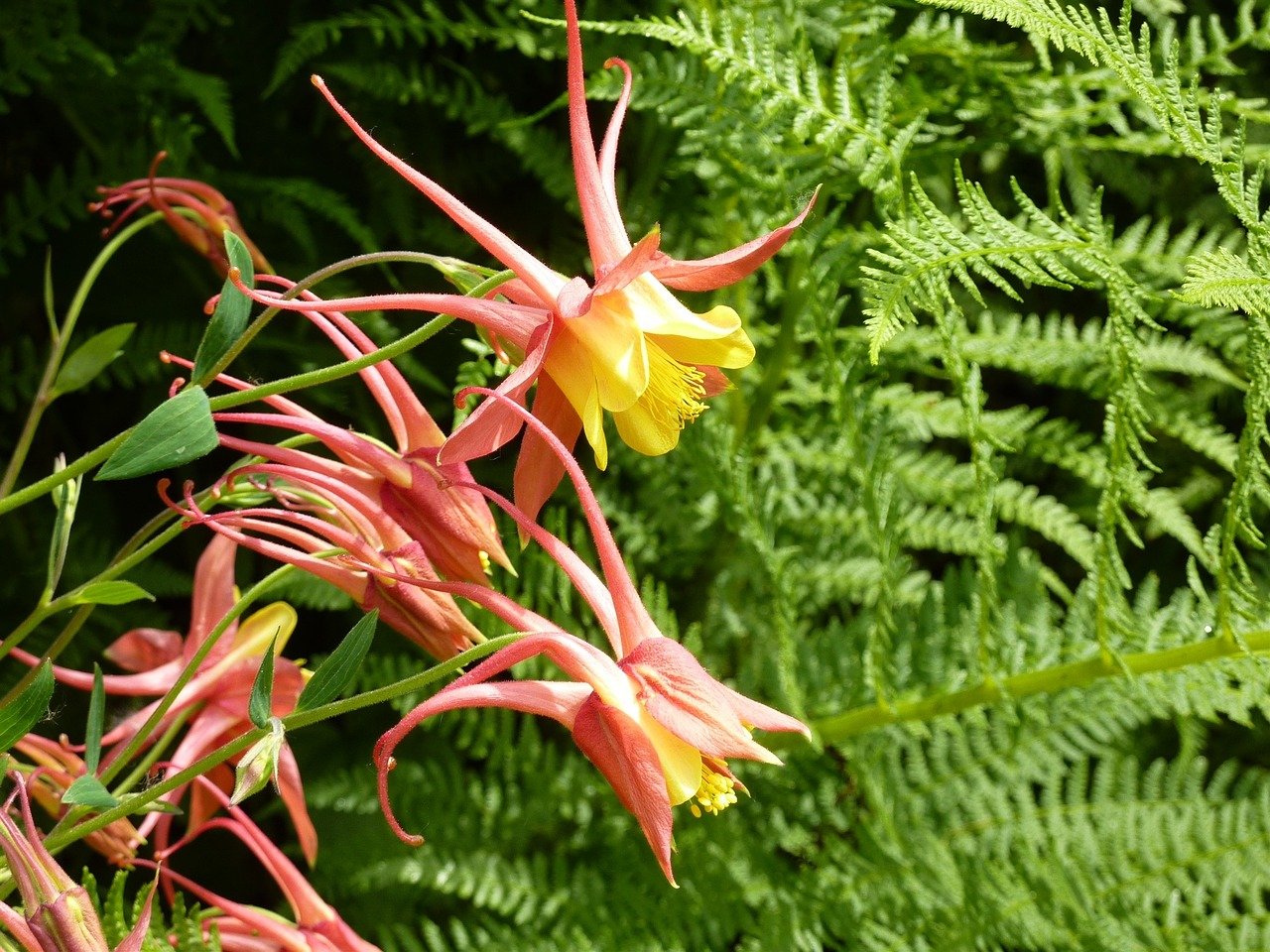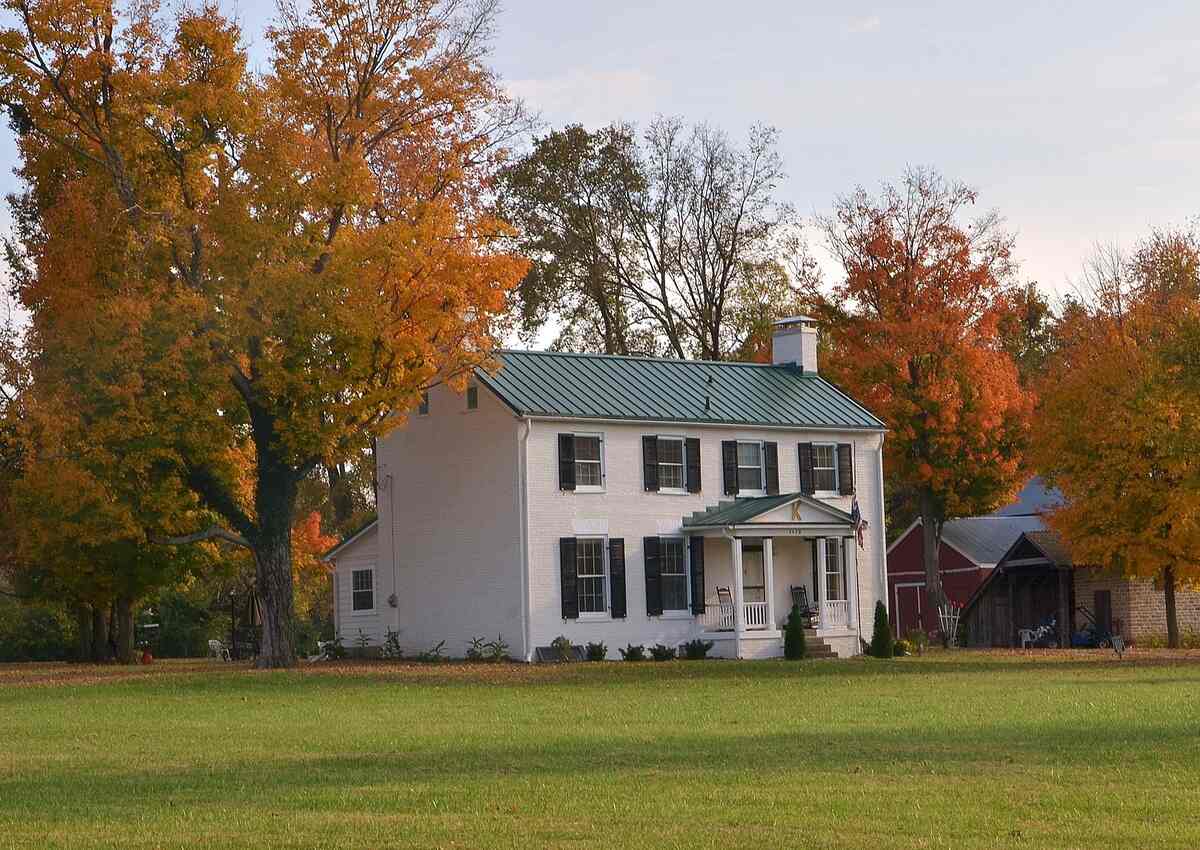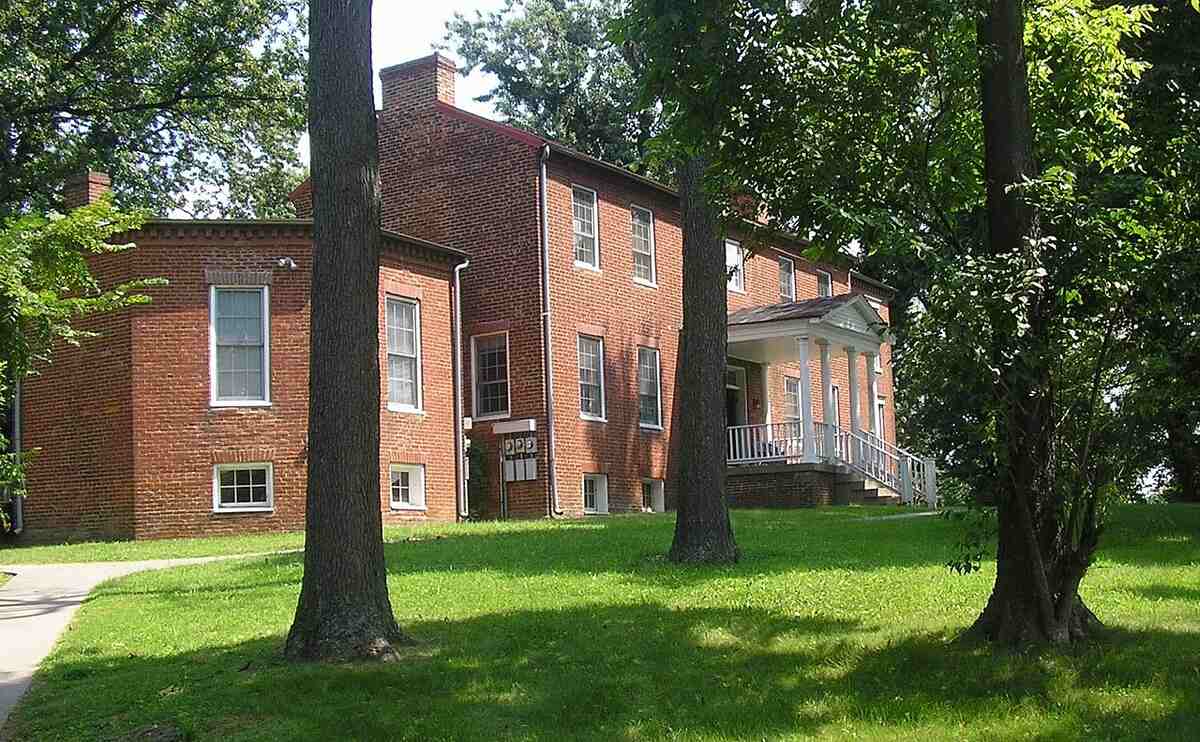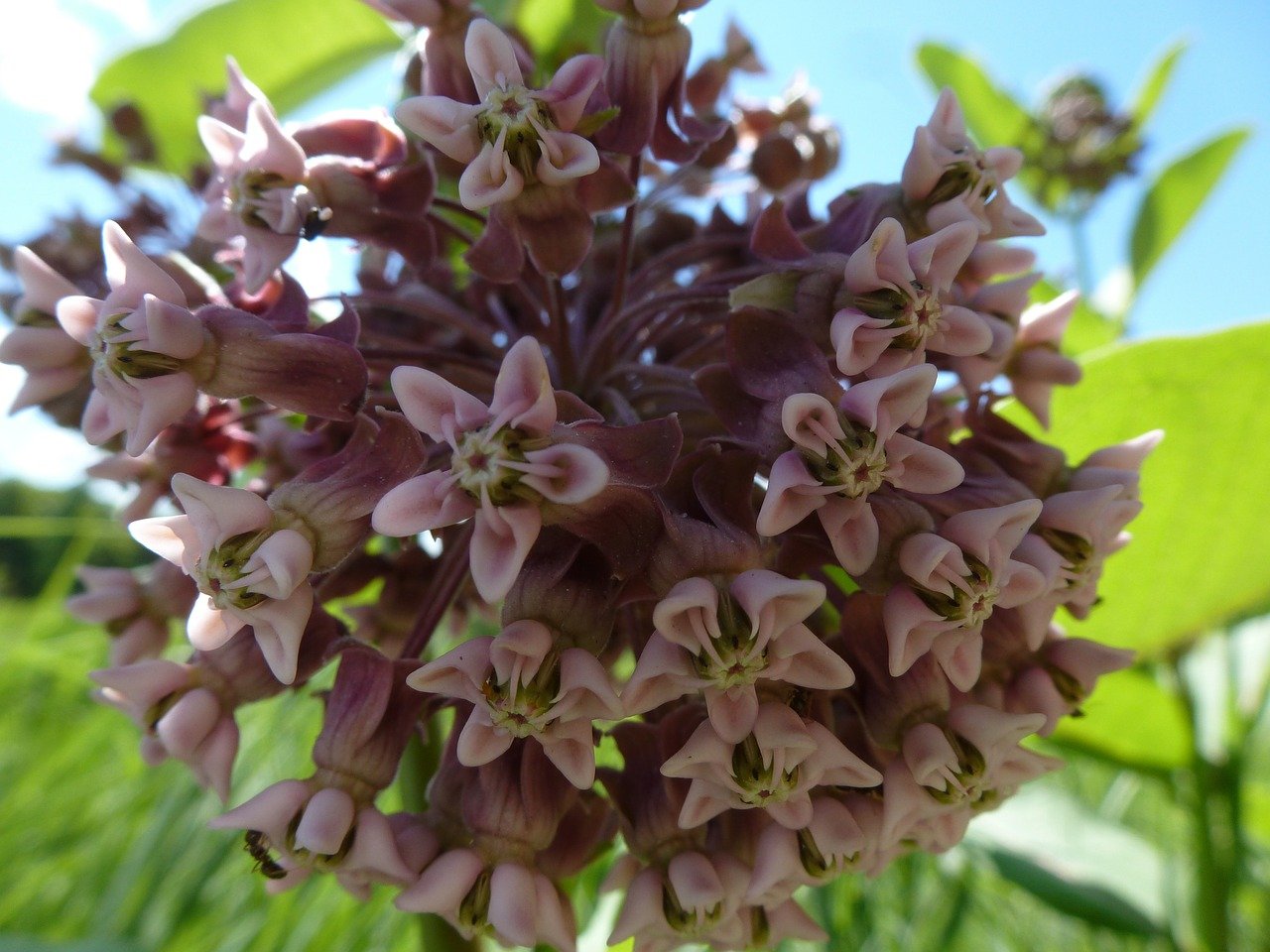
If you’re looking to start a garden in Louisville, you should consider using native plants. While all plants provide benefit to the ecosystem, native plants offer more of those benefits while also requiring less intensive care. These plants are already adapted to the soils and climates of the region, allowing you to spend less time maintaining your garden and more time enjoying it. Consider these eight native plants for a sustainable, responsible garden this season.
1. Sweet Coneflower
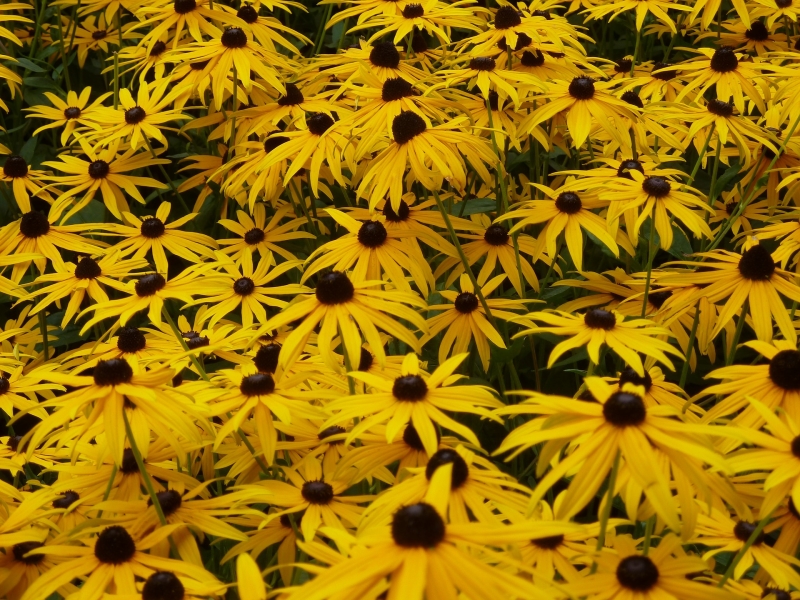
- Scientific name: Rudbeckia subtomentosa
- Moisture: Average
- Sun: Full sun to partial shade
- Duration: Perennial
- Height: Up to four feet
- Bloom Time: July-September
Also known as Sweet Susan, this flower is similar in appearance to Orange Coneflower.
It is typically found growing wild in wet prairies or on woodland edges, but also makes frequent appearances on roadsides. It is resilient to most weather conditions in Louisville and makes a beautiful addition to any garden.
2. Purple Milkweed

- Scientific name: Asclepias purpurea
- Moisture: Moist
- Sun: Full sun
- Duration: Perennial
- Height: Up to three feet
- Bloom Time: June-July
This popular plant is a host for the Monarch butterfly, a must for a native garden. It has a deep magenta color and is endangered in many states. While it tends to grow wild in prairies, meadows, and open fields, it can be cultivated in just about any area as long as it has access to plenty of sun and water.
3. Scarlet Bee Balm
- Scientific name: Monarda didyma
- Moisture: Average requirements
- Sun: Full sun
- Duration: Perennial
- Height: Up to four feet
- Bloom Time: June
Also known as Red Bergamot and Osweago Tea, bee balm’s red flowers attract hummingbirds, butterflies, and of course, bees, making them a valuable addition to a native garden. This popular perennial produces scarlet-red flowers in terminal tufts, as well as mint-scented leaves. This plant is easy to cultivate, susceptible to few issues and diseases besides the common powdery mildew.
4. Winterberry
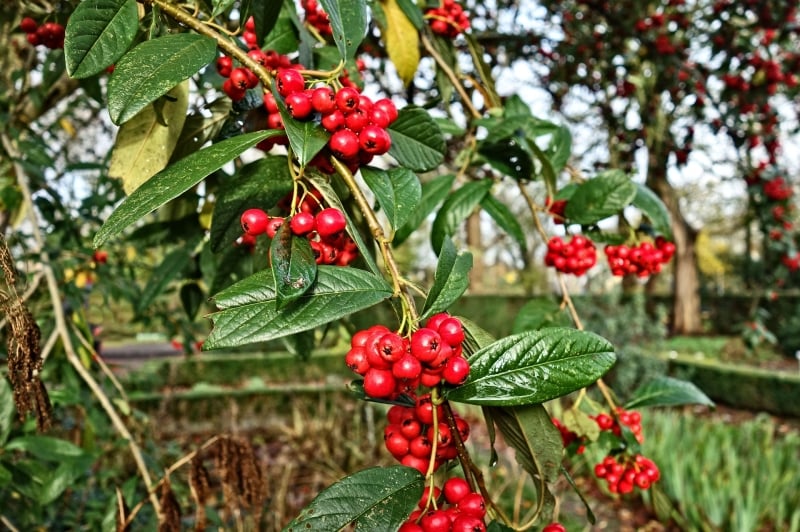
- Scientific name: Ilex verticillata
- Moisture: Average requirements
- Sun: Full sun to partial shade
- Duration: Perennial shrub
- Height: Ten to eighteen feet
- Bloom Time: October (berries only)
This perennial shrub produces vibrant red berries, which attract birds and other wildlife. It is known by several other names, including Black Alder and Michigan Holly, producing purplish green foliage that turns black upon the first frost. The modest flowers are accompanied by clusters of bright red berries that remain throughout the winter. It is show stopping in the late fall and early winter, and can grow in either wet or dry sites.
5. Wild Columbine
- Scientific name: Aquilegia canadensis
- Moisture: Average requirements
- Sun: Full sun or shade
- Duration: Perennial
- Height: Up to two feet
- Bloom Time: May-June
Attracting hummingbirds, this plant is also known by the name of Eastern Red Columbine. It grows up to two feet in height and is most famous for its elegant, red and yellow flowers. It is typically found in woodlands, producing a sweet nectar that attracts long-tongued insects and hummingbirds.
6. Blazing Stars
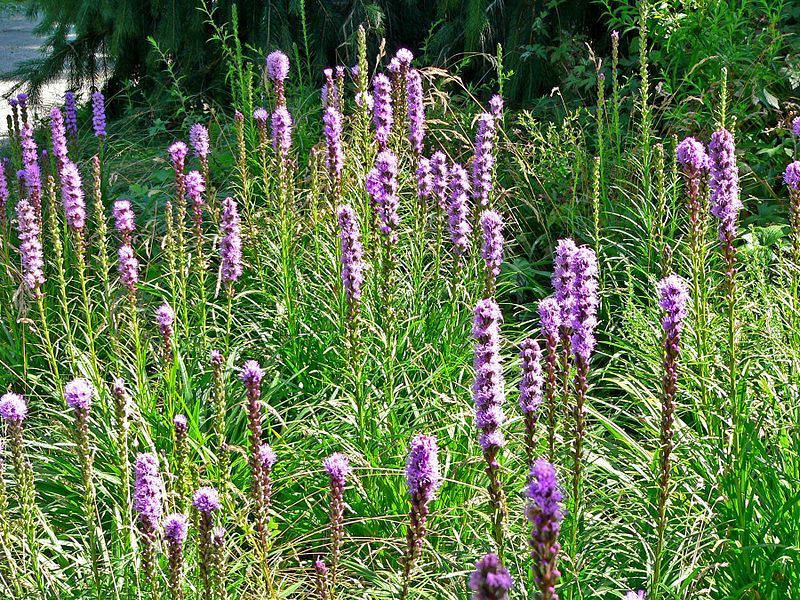
- Scientific name: Liatris
- Moisture: Average requirements
- Sun: Full sun
- Duration: Perennial
- Height: Up to six feet
- Bloom Time: June to September
This species is highly unique, offering different species that bloom at different periods throughout the season. It provides a vertical appeal, growing skyward in a towering display of vibrant color. There are dozens of varieties of blazing stars, so make sure you select the species that will grow best in your native garden.
7. Trumpet Honeysuckle
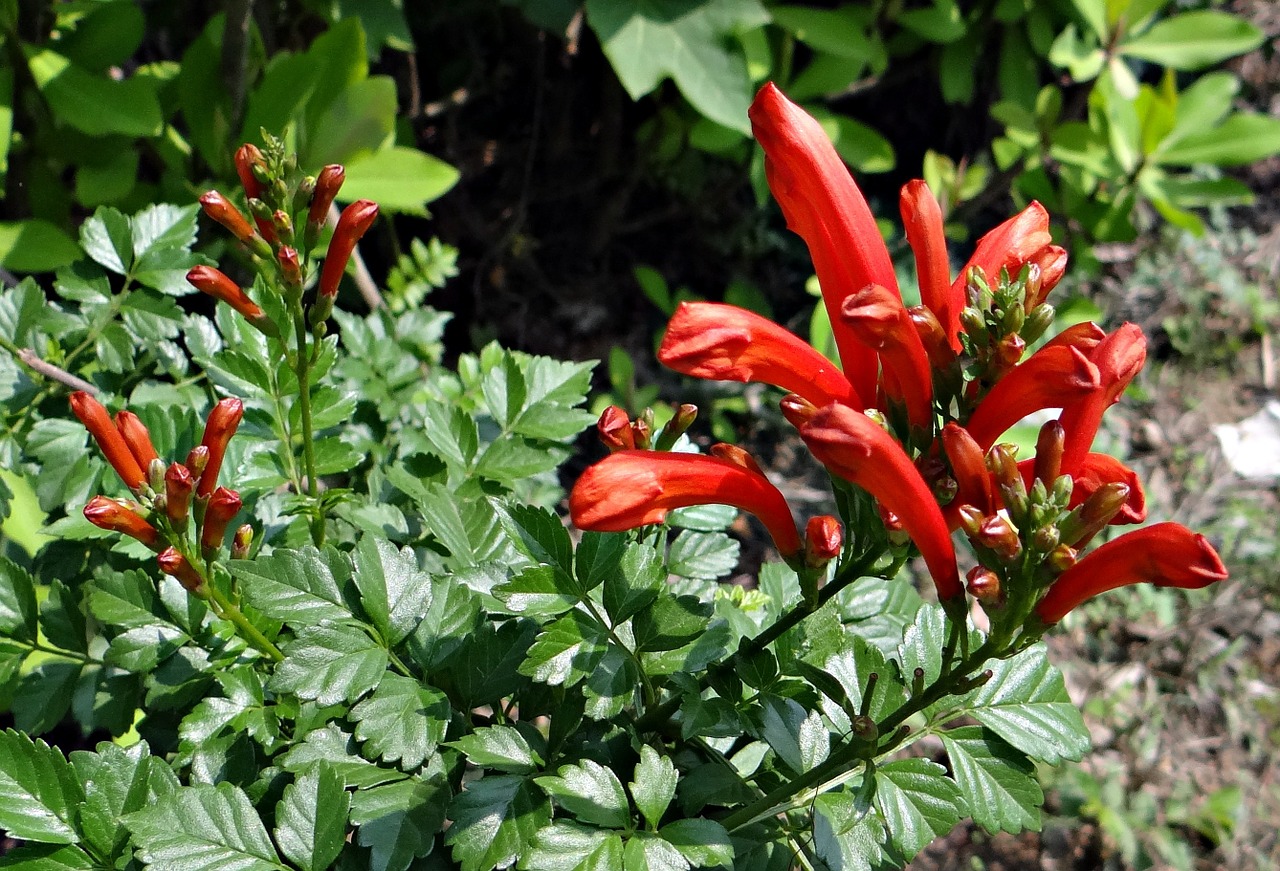
- Scientific name: Lonicera semperviren
- Moisture: Average requirements
- Sun: Sun or partial shade
- Duration: Perennial vine
- Height: Vine, minimal height
- Bloom Time: April to October
This winding vine produces tubular red flowers that serve as an attractant for hummingbirds. It is one of the few vines found in Louisville that is non-invasive. In addition to its gorgeous flowers, the vine also produces a red fruit, which is popular among multiple species of wildlife. It serves as an excellent climber or ground cover plant.
8. False Blue Indigo
- Scientific name: Baptisia australis
- Moisture: Average requirements
- Sun: Full sun
- Duration: Perennial
- Height: Up to five feet
- Bloom Time: May to June
Producing showstopping blue flowers and attractive greenish-blue foliage, false blue indigo is a great choice for a beginner gardener. It tends to occur naturally in nutrient-rich woods, thickets, and along stream beds. It is easy to care for, requiring little maintenance beyond patients in its cultivation.
Need help choosing the right plants for your landscape? Visit our Louisville lawn care page for more information!
